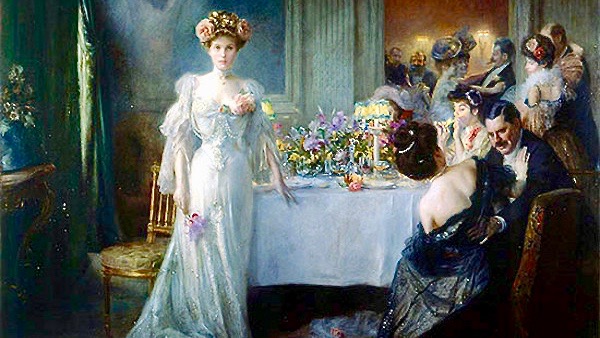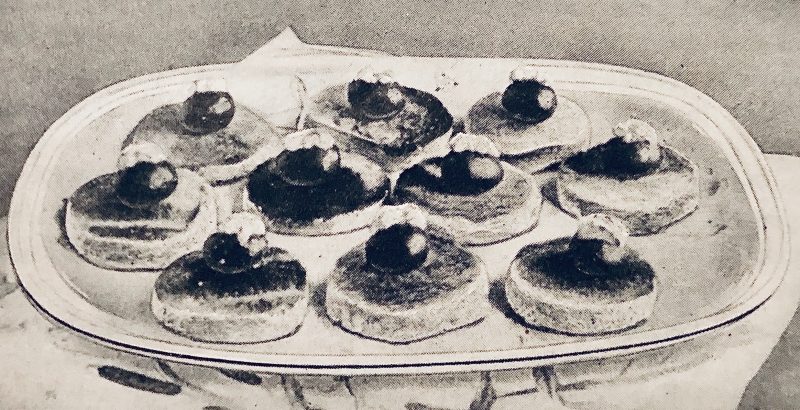“A great deal of comfort and satisfaction of a good dinner depends upon the carving. Awkward carving is enough to spoil the appetite of a refined and sensitive person. No matter how well the meats may be cooked, if they are mutilated, torn, and hacked to pieces, or even cut awkwardly, one half of their relish is destroyed…
Read More








